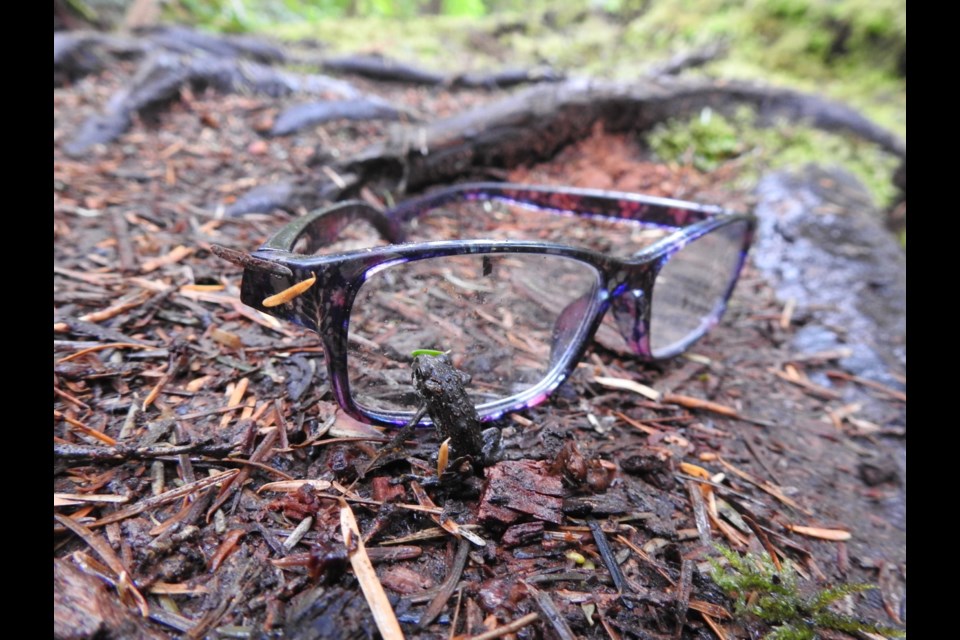A mass migration is underway in Squamish right now — under our noses, and our feet.
Thousands of dime-sized baby western toads (toadlets) are moving by the thousands from their breeding pond at the former Garibaldi Springs golf course into the forests of the Garibaldi Highlands.
This is the first of several such migrations that occur within this region throughout the summer.
Other well-known migrations will take place later at Alice Lake Provincial Park, Lucille Lake and Whistler’s Lost Lake.
We are very fortunate to live in a place that can support such robust populations of western toads (and other amphibians, for that matter).
Why?
That Squamish can support such a thriving population is an indication of a healthy, diverse ecosystem.
As a migratory species, toads require multiple, connected habitats to live and breed.
Adult toads live in forests, marshes or meadows.
In winter, they hibernate in moist places below the frost line; they dig themselves either in natural cavities or shallow burrows.
Come spring, adult toads travel to communal breeding sites in ponds or lakes, which they will return to year after year.
Once the eggs are laid, the adults return back to land, leaving the eggs unprotected to grow into tadpoles, and metamorphose into miniature toads, or toadlets. Then begins the next extraordinary migration — over a week or two — when these tiny creatures move en masse out of their watery birthplace, travelling one to two kilometres or more to upland areas where they will spend the majority of their lives.
All of this moving requires safe passage. Fortunately, unlike many places, our local toad migrations do not cross roads.
So, in addition to offering a diversity of habitats, Squamish also provides the safe connections they need to travel between them.
For now.
With continuing development pressure on our natural spaces, maintaining this habitat connectivity in the future will be crucial to support our healthy western toad populations.
Why else should we care about these toads?
They play an essential role in the food chain, both as predator and prey, and their disappearance can have a cascading effect throughout an entire ecosystem. They are also considered an “indicator species” because their highly permeable skin can easily absorb bacteria, chemicals and other toxins. The traits that make them susceptible to environmental changes also make them good indicators of environmental health. Clean water and land make for healthy toads.
Once plentiful in the U.S., western toads are disappearing from large areas of their historical ranges. While –°¿∂ ”∆µ still has relatively healthy populations, it is in decline, and the western toad has been provincially labelled as ‚Äúblue-listed,‚Äù or a species of special concern, because they are so vulnerable to potential habitat loss and fragmentation from human activities.
So what can you do?
Give them space: don’t touch or move them. Avoid active breeding areas and trails with warning signs.
Report sightings either to [email protected], or in the . And remember how lucky we are to live in a place that can support such an important and sensitive species.
For more information about western toads and how you can help, visit the
Alison Wald is a member of the





